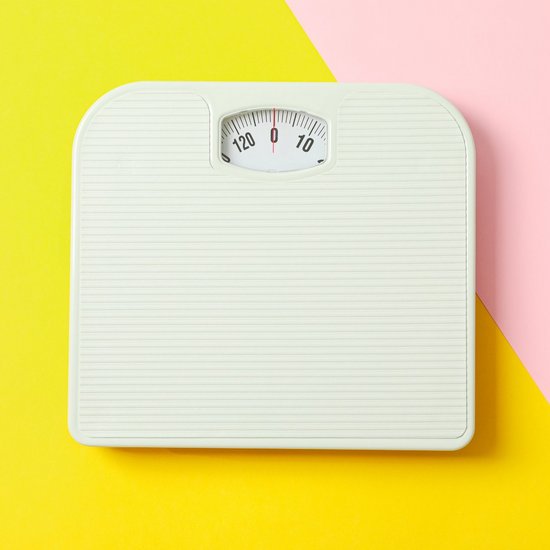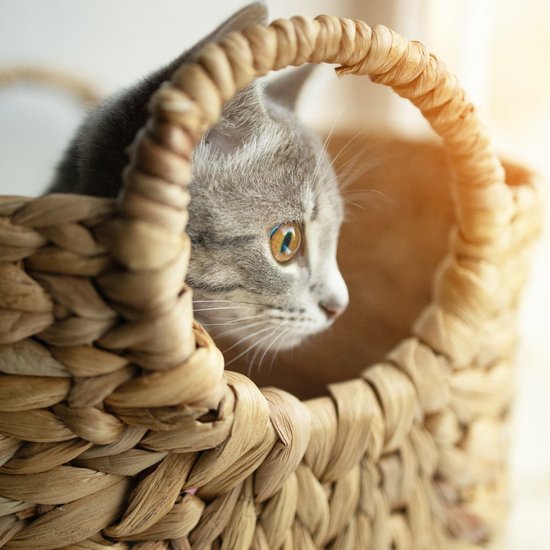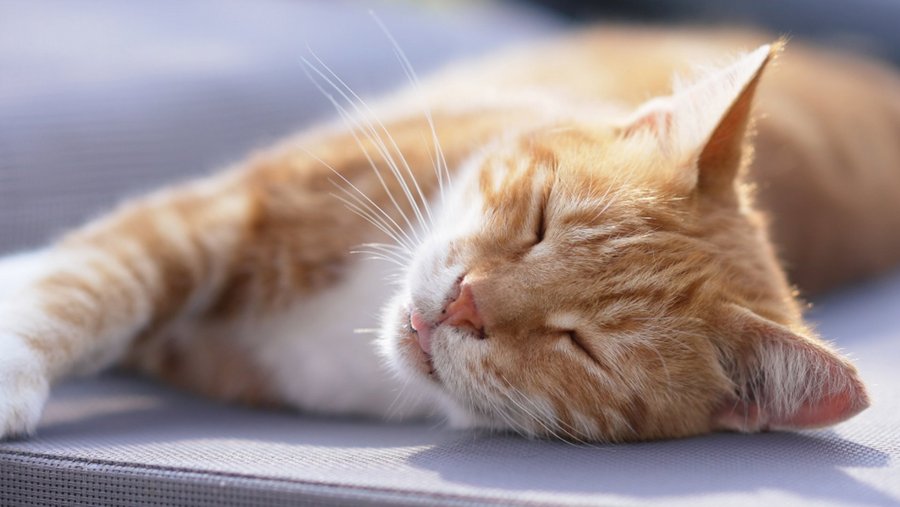Well, if we don’t take the proper action to keep our kitties’ weight down, it can soon become a problem. Cat obesity is on the rise, and an obese cat faces several health risks. So as well as spoiling our cats and giving them the foods they love, we need to stay on top of their weight.
What risks does an obese cat face?

An obese cat will face a general reduction in their quality of life. They will have less energy to play with you and roam outside (if they are an outdoorsy cat).
In addition, they face an increased risk of several serious conditions including:
- Diabetes
- Heart disease
- Osteoarthritis
- Various types of cancer
A cat is classified as obese when they weigh 20% or more above their body weight. Make sure you take action before it gets to that stage!
What is a healthy cat weight?

As we’ve covered in a previous blog, a healthy weight for an adult cat is around 10 pounds, or 4.5 kg. However, there are certain key factors to bear in mind when we’re describing a ‘normal’ cat weight:
- Gender: Male cats can weigh up to 15 pounds, while females may not exceed 12 pounds.
- Breed: A Maine Coon can weigh up to 25 pounds, while a Singapura may weigh as little as 4 pounds and still be healthy.
- Kittens: A newborn kitten will weigh about 3.5 ounces (100 grams) and gain roughly 3.5 ounces weekly until 20 weeks.
Consider using a cat weight chart, especially for kittens, but consulting a vet is always best to get specific advice for your cat’s breed and gender.
How to weigh your cat

Weighing your cat can be tricky, as most cats dislike standing still on scales. Here are some tips:
- Weigh yourself first.
- Weigh yourself while holding your cat.
- Subtract your weight from the combined weight.
Alternatively, use the same method with a crate or basket by first weighing the container.
The Body Condition Score (BCS)

The veterinary community developed the Body Condition Score (BCS) system as a way to judge a cat’s weight visually and physically. The scale ranges from 1 to 9:
- Emaciated: Ribs, spine, and pelvic bones visible. Extremely narrow waist.
- Very Thin: Ribs visible, with no fat and a narrow waist.
- Thin: Ribs are visible, with little fat.
- Underweight: Minimal fat, with ribs easy to feel.
- Ideal Weight: Small fat layer with ribs easily felt.
- Overweight: Ribs hard to feel, with barely any waist outline.
- Heavy: No waist outline; ribs difficult to detect.
- Obese: Ribs cannot be felt, with noticeable belly droop.
- Extremely Obese: Thick fat layer and heavily drooping belly.
Consult your vet to ensure accurate scoring and detailed advice.
Low-calorie foods for cats
If your cat is overweight, low-calorie foods can help. These foods maintain a balance of protein, fats, and carbs, supporting weight management. Consider Vitakraft’s Souprise Broth as a food topper or snack to keep your cat healthy and satisfied.

